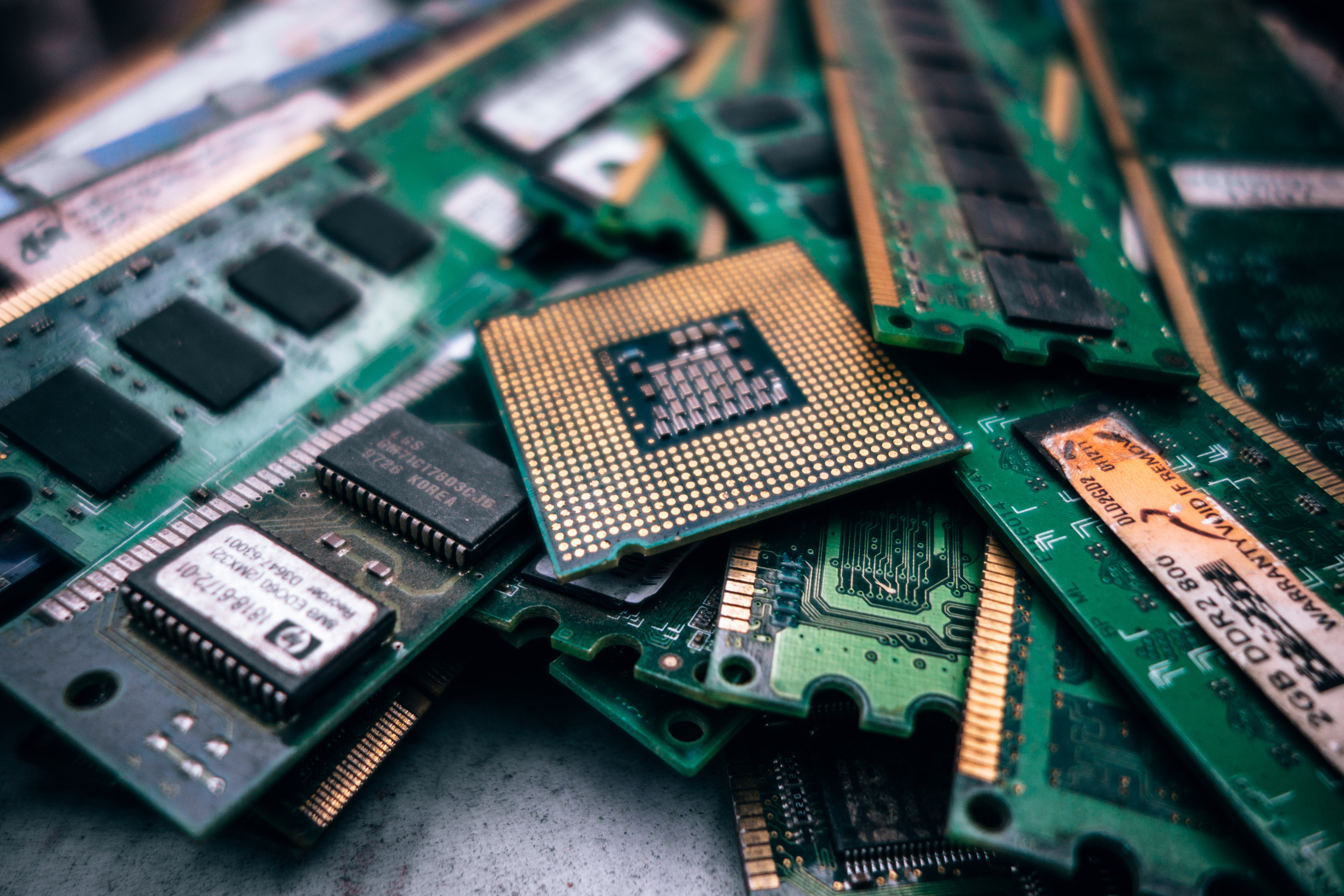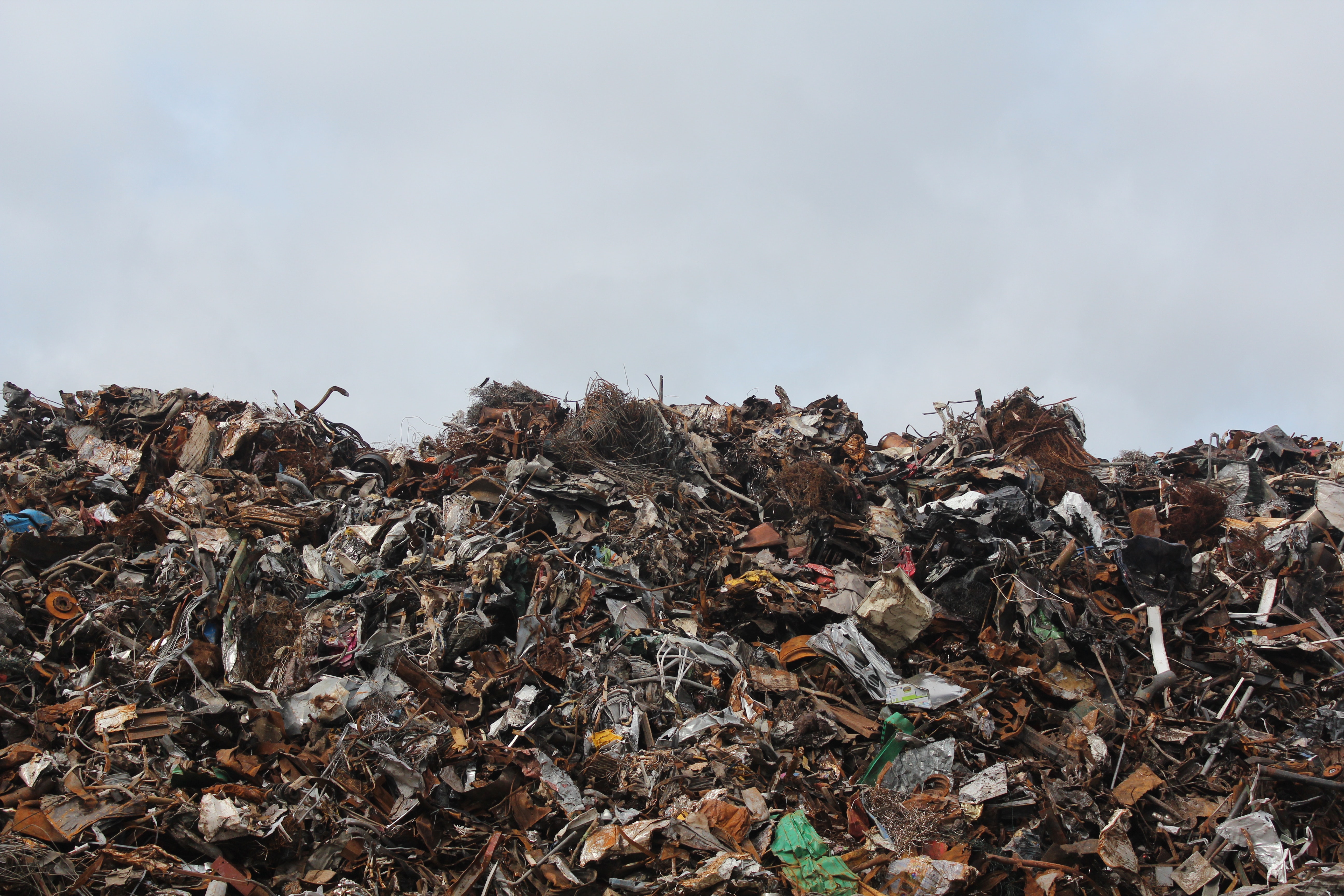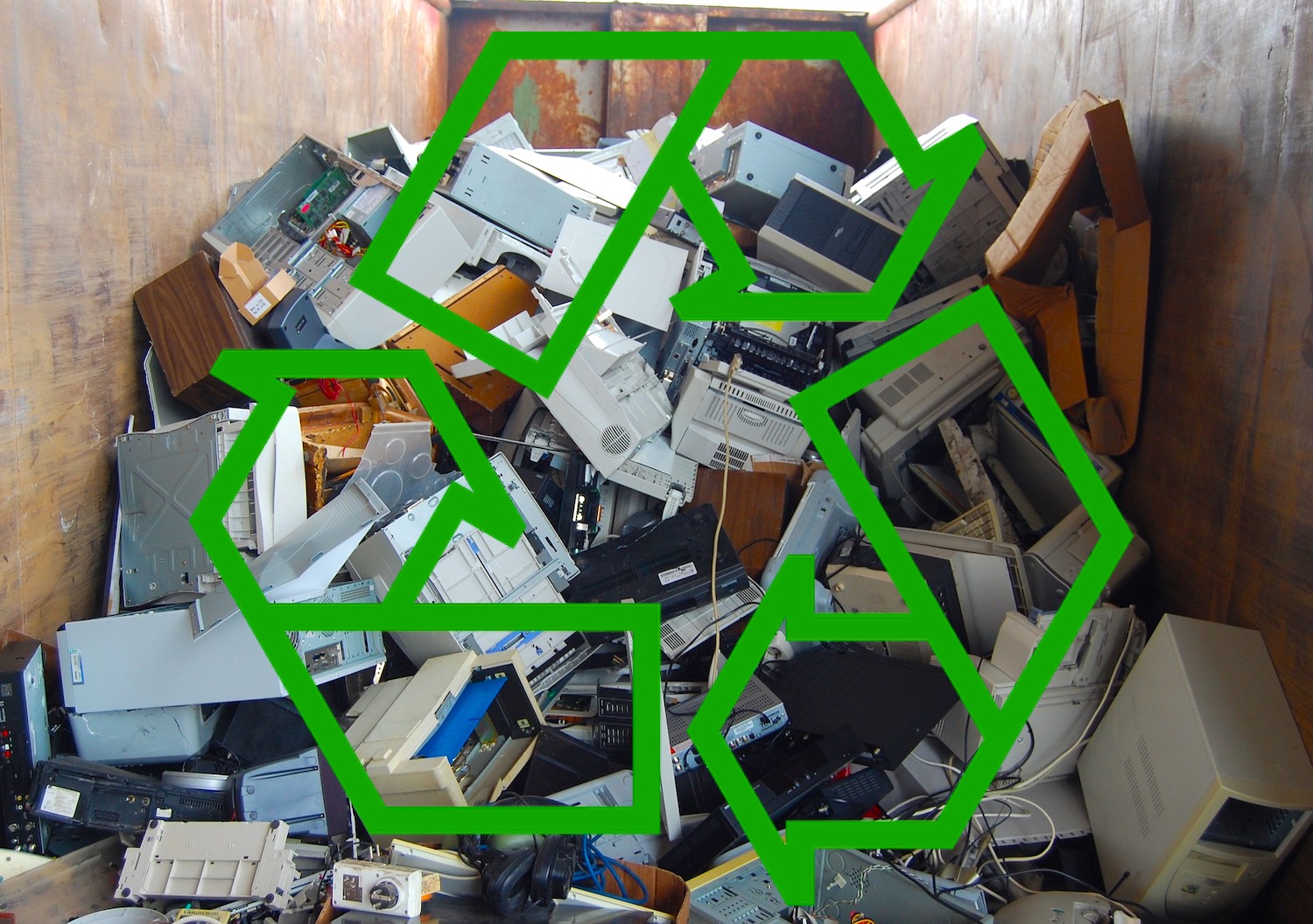Moving Towards a Greener Electronics Industry
e-waste, air pollution, and water contamination are toxic legacies of the electronics industry. But new products and projects are aiming to change that, along with five electronics industry sustainability initiatives that guide the next generation of global electronics development.

There is no denying it: The electronics industry contributes heavily to pollution. According to the World Economic Forum’s new report, A New Circular Economy for Electronics: Time for a Global Reboot, e-waste is now the fastest-growing waste stream in the world. Consumers in Western economies each contribute between 20 and 25kgs (44 to 55lbs) of trashed electronics, or e-waste, per year to the waste stream.
But we can’t place all the blame on consumers. Pollution is created at many points in the supply chain — before, during, and after a product’s life cycle. Emissions are created in the transport of these products and each of the components they contain. The materials they are made from, including metals and petroleum-based plastics, depend on mining and drilling methods that take a heavy environmental toll. Plating, soldering, and solvent-based cleaning processes lead to serious water and air pollution. Manufacturing centers in Asia are plagued by toxic air quality. Santa Clara in California’s Silicon Valley has the greatest number of Superfund toxic clean-up sites in the US. In the past year, lawsuits involving significant names in the electronics industry, including connector companies, have centered on carcinogens released into the water table and their impacts on residential communities.

e-waste is now the fastest-growing waste stream in the world
Electronics Industry Sustainability Initiatives
The electronics industry is making efforts to find new and safer alternatives to materials and processes that pose a threat to human health. More efficient system designs are contributing to a greener electronics industry by reducing energy consumption in many products. The SSUCHY project, a European initiative aimed at developing bio-composite plastics for use in numerous industries, is engineering sustainable new materials with loadbearing resistance, enhanced durability, vibration damping, vibro-acoustic control, and flame retardance for use in the electronics and other industries. These have potential for use in wire coating and housing materials. Other initiatives come from component companies themselves.
“There are government regulations that must be followed, such as RoHS and REACH, which are continuously evolving. Material producers work with the regulators to ensure that they have all the facts before making significant changes,” said Mike Gedeon, market manager for telecom and servers / technology and innovation lead for specialty materials at Materion Corporation. “Additionally, some customers have adopted their own definitions of green and environmentally friendly, which can lead to decisions on material selection that are more stringent than regulations.”
- Materion offers recycling and reclamation services to harvest rare earth and precious metals from various points of the supply chain. The company operates its own beryllium mine in Utah, which enables it to control extraction processes and impact, and provide material needed for a range of alloys. Materion also has introduced their new QMet family of alloys—a copper chromium nickel silicon alloy and a copper chromium silver alloy, which offer a lower environmental impact than other material choices.
- HARTING uses biomethane in place of natural gas in its four co-generation plants for carbon-neutral operations, which saves the equivalent annual amount of electricity consumed by 1,000 households and the average natural gas consumption of 200 single-family homes.
- In Europe, TE Connectivity pays for the costs of treatment, recycling, and recovery of e-waste generation by its products in compliance with Waste Electrical and Electronic Equipment (WEEE) targets.
- Arrow Electronics is also pursuing sustainable end-of-life solutions for electronic components. In 2018, Arrow kept more than 50,000 tons of used electronics out of landfills and more than 100 million pounds of materials out of the manufacturing stream.
- Heilind’s upcoming website revision will include electronics sustainability measures in its search tool.
The International Electronics Manufacturing Initiative (iNEMI) has developed an Eco-Impact Estimator tool that can measure the overall environmental impact of a new electronic design. (Sign up by March 29 to be part of this initiative.)

The following five environmental initiatives also contribute to global electronics industry sustainability.
RoHS
The best-known environmental initiative in the electronics industry is the Restriction of Hazardous Substances Directive (RoHS), which went into effect in 2006 and has since been amended and updated several times. RoHS restricts the use of several hazardous materials and substances used in the manufacture of electronic and electrical equipment destined for sale in European markets. Affected substances include (Pb), mercury (Hg), cadmium (Cd), hexavalent chromium (CrVI), polybrominated biphenyls (PBB), and polybrominated diphenyl ethers (PBDE), but exemptions are available. Compliant products bear a “CE” mark. In 2015, an update known as the RoHS 2 directive went into effect, with the addition of new materials and substances. The industry is currently operating under its guidelines, although another revision is expected. In July 2019, four phthalates (DEHP, BBP, BBP, DIBP) will be added to the list of restricted substances.
China RoHS 2
In China, a very similar set of regulations known as Administrative Measure on the Control of Pollution Caused by Electronic Information Products, often referred to as China RoHS 2, went into effect in 2016.
California Laws
The Electronic Waste Recycling Act of 2003 (EWRA) is a California law that prohibits the sale of electronic devices that are prohibited from being sold under the EU RoHS directive, but under a much narrower scope that includes only the first four heavy metals restricted by RoHS — cadmium, hexavalent chromium, lead, and mercury — in specific products, including CRT, LCD, and plasma screens. This law went into effect in 2007. In addition, the California Lighting Efficiency and Toxics Reduction Act applies RoHS to lighting equipment, including lamps, bulbs, tubes, or other electric devices. California is the largest economy in the US and the fifth-largest in the world, which means that its requirements have a significant impact on products produced and sold in the US.
REACH
While RoHS guides the substances used in electronic components sold in Europe, the EU regulation known as Registration, Evaluation, Authorization, Restriction of Chemicals (REACH) oversees all chemicals that are part of the production and final product. REACH is monitored by the European Chemicals Agency and deals with 38 solvents, paints, and chemicals. Both REACH and RoHS are subject to change in the UK following Brexit withdrawal of that country from the EU. At this time, the UK is expected to continue to at least temporarily support the validity of REACH, but much remains to be seen.
WEEE
The Waste Electrical and Electronic Equipment Directive (WEEE Directive) is the European Economic Community directive that guides e-waste. Products that comply with WEEE bear a mark that shows a crossed-out trash bin. This directive aims to recycle or recover 85% of electronic waste. However, current estimates find that only 20% of e-waste is appropriately handled. In effect since 2003, WEEE has been revised several times.
Like this article? Check out our other Standards and Industrial articles, our 2019 Article Archive, and our Industrial Market Page.
- Where in the World is Amphenol LTW’s Luc Kan? - April 23, 2024
- TE Connectivity’s Sustainability Efforts Pay Off - April 23, 2024
- What is a VGA Connector? - April 23, 2024





